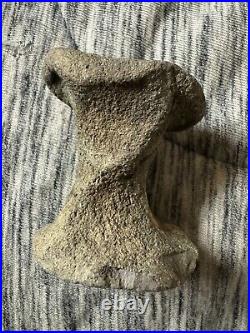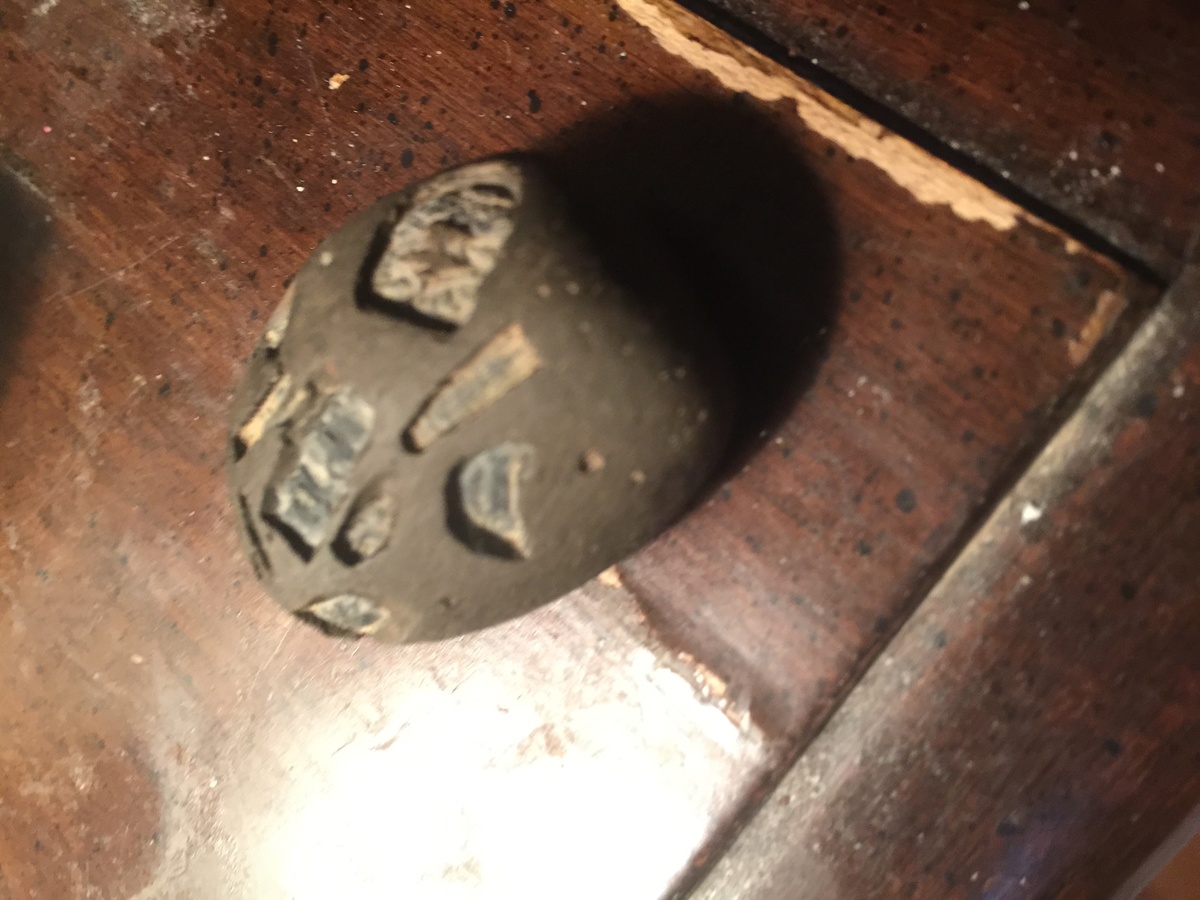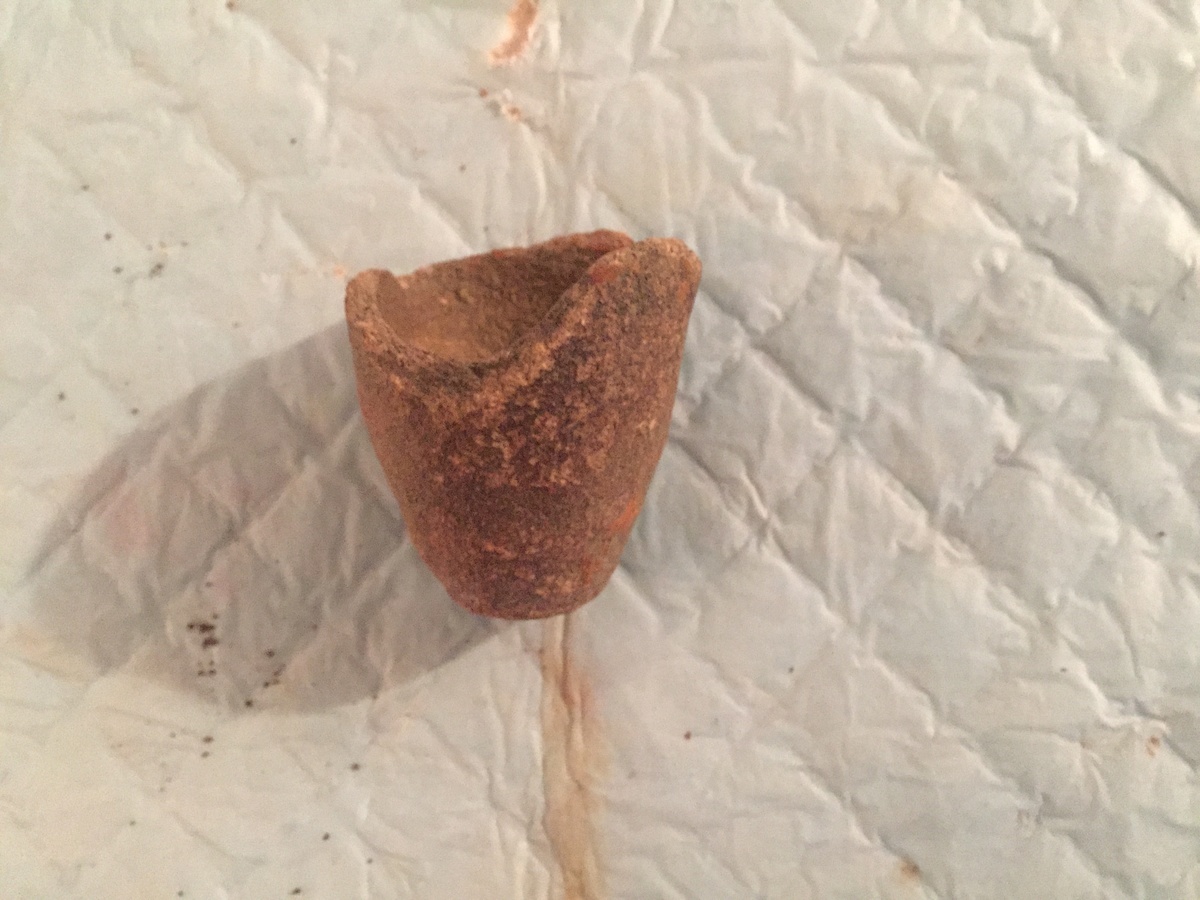
Mapping the Past: A Collector’s Expedition to Santa Fe’s Rare Native American Cartography
For the serious collector, a map is far more than a geographical representation; it is a tangible piece of history, a narrative woven from ink and paper, often bearing witness to vanished landscapes and forgotten perspectives. When it comes to rare Native American maps, this truth is amplified. These aren’t just artifacts; they are windows into indigenous land claims, early colonial encounters, territorial disputes, and the very shaping of a continent. Their rarity, historical significance, and profound cultural value make them one of the most coveted categories in cartographic collecting. While the hunt for such treasures can lead to specialized auctions or private dealers worldwide, there is one destination that offers an unparalleled, immersive experience for the dedicated enthusiast: Santa Fe, New Mexico.
Santa Fe is not merely a charming, historic city; it is a living archive, a crucible where Native American, Spanish colonial, Mexican, and American cultures have converged for centuries. This unique historical tapestry has resulted in an extraordinary concentration of institutions, archives, and specialized galleries that house, exhibit, and trade in the very maps collectors dream of. For those seeking early European expeditionary charts depicting tribal lands, Spanish colonial surveys marking reducciones or presidios, or 19th-century American maps delineating treaty boundaries and indigenous territories, Santa Fe is less a travel destination and more a pilgrimage.
Why Santa Fe? The Unrivaled Nexus for Native American Cartography

Santa Fe’s strategic location and long history as a cultural and administrative center make it an ideal hub for this specialized pursuit. Established in 1610, it predates Plymouth Colony by a decade, cementing its status as one of the oldest continuously inhabited European settlements in North America. For millennia before that, it was a vital center for numerous Native American communities, including the Pueblo peoples whose ancestral lands stretch across the region. This deep, layered history means that maps produced across different eras—from the earliest Spanish explorations to the American territorial period—often directly engaged with or depicted Native American presence, land use, and political boundaries.
The city’s vibrant art and antique market, coupled with its commitment to preserving its rich past, has fostered an environment where rare documents, including maps, are not only valued but actively sought after and conserved. Unlike major metropolises where such maps might be scattered across various institutions or private collections, Santa Fe offers a concentrated ecosystem of resources, making it possible for a collector to engage with primary source material, view significant exhibits, and potentially acquire rare pieces, all within a relatively compact geographical area.
Key Locations for Exploration: A Collector’s Itinerary
1. The Palace of the Governors & New Mexico History Museum:

No serious map collector’s visit to Santa Fe is complete without an extensive exploration of the New Mexico History Museum, anchored by the iconic Palace of the Governors. As the oldest continuously occupied public building in the United States, the Palace itself is a testament to centuries of power shifts and cultural exchange. Within its walls and the broader museum complex, one can find an astonishing collection of historical documents, including maps that are critical to understanding the region’s past.
The museum’s permanent exhibitions often feature early Spanish colonial maps, such as reproductions of the famous Miera y Pacheco maps from the Domínguez-Escalante expedition of 1776, which offer invaluable insights into Spanish perceptions of indigenous territories and routes. These maps, meticulously drawn, often illustrate Native American villages, trails, and geographical features as understood by early European explorers. While direct acquisition isn’t possible here, the contextual understanding gained from viewing these primary sources is immeasurable. For the truly dedicated, the museum’s Fray Angélico Chávez History Library and Photo Archives house an extensive collection of original maps and cartographic resources. Accessing these archives typically requires an appointment and a clear research proposal, but the reward can be the opportunity to examine rare, fragile documents up close – a true privilege for any collector seeking to verify provenance or deepen their knowledge base. These holdings might include early American territorial maps, military surveys, and even ethnographic maps produced in the late 19th and early 20th centuries.
2. The Museum of Indian Arts & Culture (MIAC):
While not a direct source for acquiring maps, the Museum of Indian Arts & Culture is an indispensable stop for contextualizing the very landscapes and cultures depicted on rare Native American maps. MIAC, part of the Museum of New Mexico system, offers profound insights into the indigenous perspectives on land, territory, and cosmology. Its exhibits delve into the rich history and ongoing vitality of Native American communities across the Southwest, providing a crucial counter-narrative to colonial cartography.

Understanding the cultural significance of mountains, rivers, and sacred sites to various tribes—knowledge often absent or misrepresented on early European maps—enriches a collector’s appreciation for the historical documents they seek. MIAC occasionally features exhibitions that touch upon indigenous mapping traditions, including oral histories translated into spatial representations, or early ethnographic studies that attempted to map tribal boundaries from a Native perspective. Engaging with these exhibits deepens one’s understanding of what constitutes "Native American mapping" beyond the European colonial lens, fostering a more nuanced and informed collecting approach.
3. Specialized Antique Map Galleries & Bookstores:
This is where the actual hunt for acquisition truly begins. Santa Fe boasts a thriving ecosystem of antique dealers, rare bookshops, and specialized galleries that often carry significant cartographic treasures. While specific gallery names may change or specialize over time, the city consistently hosts reputable establishments catering to serious collectors. Imagine stepping into a gallery like "Southwest Cartographic Treasures" (a hypothetical but plausible entity), its walls adorned with maps ranging from the 16th to the early 20th century.
Here, you might encounter a rare early 18th-century French map depicting the Mississippi River basin and its indigenous inhabitants, or a significant 1850s U.S. government survey map delineating newly acquired territories and the Native American tribes residing within them. Dealers in Santa Fe are often highly knowledgeable about the region’s history, the various mapmakers, and the nuances of authentication. They understand the provenance of a map, its condition, and its historical significance. Expect to find maps by famous cartographers like Coronado’s early routes, Miera y Pacheco’s detailed 18th-century works, or even early American expeditionary maps by explorers like Zebulon Pike or John C. Frémont, which often highlight Native American trails, villages, and resource areas. These maps are not merely decorative; they are investment-grade historical documents, and their prices reflect their rarity and importance. Building a relationship with these dealers is paramount; they can alert you to new acquisitions and offer expert advice.
4. The New Mexico State Records Center and Archives (NMSRCA):
For the most dedicated and academically inclined collector, the NMSRCA is an invaluable resource. This institution holds an extraordinary collection of state and territorial government documents, including an extensive array of maps related to land grants, surveys, legal disputes, and administrative records. Many of these documents directly pertain to Native American lands, treaties, and interactions with colonial and later American authorities.

The NMSRCA offers the opportunity to delve into primary legal and administrative records, some of which may contain unique, hand-drawn maps that have never been widely published. These could include maps accompanying Spanish mercedes (land grants) that abutted or overlapped Native American territories, or early American surveys conducted prior to establishing reservations. Accessing these archives requires careful planning, adherence to strict research protocols, and often an appointment. However, for a collector seeking to uncover truly undiscovered gems, verify the provenance of an existing map, or simply immerse themselves in the deep historical context of land ownership and indigenous presence, the NMSRCA offers an unparalleled research experience.
The Art of the Hunt: What to Look For and How to Approach Collecting
Collecting rare Native American maps is an endeavor that demands patience, knowledge, and a keen eye. When examining potential acquisitions in Santa Fe’s galleries, several factors are paramount:
- Authenticity and Provenance: Always prioritize maps with clear provenance—a documented history of ownership. Reputable dealers will provide this. Be wary of reproductions, which should always be clearly labeled as such.
- Condition: The condition of a map significantly impacts its value. While some wear is expected for antique maps, look for minimal foxing (spotting), tears, or repairs. Professional conservation work should be disclosed.
- Historical Significance: Consider the mapmaker, the date of publication, the expedition it represents, and the specific Native American groups or territories depicted. Is it a first edition? Does it show a significant historical event or a crucial moment in territorial demarcation?
- Rarity: Some maps are exceedingly rare, existing in only a handful of known copies. This scarcity directly correlates with value.
- Types of Maps to Seek:
- Early European Expedition Maps: Depicting unknown territories and the first encounters with indigenous populations.
- Spanish Colonial Maps: Illustrating missions, presidios, and land grants often overlapping or adjacent to Native lands.
- Mexican Period Maps: Continuing the colonial mapping tradition post-Mexican independence.
- Early American Territorial Surveys: From explorers and military expeditions, often detailing tribal lands and natural resources.
- Treaty Maps: Specifically delineating lands ceded or reserved for Native American tribes.
- Ethnographic Maps: Produced in the 19th and early 20th centuries, attempting to document tribal boundaries, linguistic groups, and cultural territories.
Building relationships with local dealers, attending their openings, and engaging in respectful dialogue will not only enhance your chances of finding a coveted piece but also enrich your overall collecting journey.
Beyond the Maps: Enhancing Your Santa Fe Collector’s Journey
Your expedition to Santa Fe needn’t be solely confined to map hunting. The city itself is a treasure. Immerse yourself in the vibrant Native American art market along the portal of the Palace of the Governors, visit the IAIA Museum of Contemporary Native Arts (MoCNA), or explore the numerous Pueblo communities surrounding the city. Enjoy the unique fusion cuisine that reflects the region’s diverse heritage. These experiences provide a deeper cultural context for the maps you seek, making your collection not just a set of historical documents, but a tangible link to a living, enduring legacy.
Consider timing your visit with events like Indian Market or Spanish Market, which bring together artists, historians, and collectors from around the world, creating unparalleled networking opportunities. Santa Fe’s high desert landscape, with its adobe architecture and crisp air, provides a beautiful, reflective backdrop for an intellectual and historical quest.
Conclusion
For the dedicated collector of rare Native American maps, Santa Fe, New Mexico, is an unparalleled destination. It offers a unique convergence of historical institutions, specialized galleries, and a profound cultural atmosphere that directly speaks to the very essence of these cartographic treasures. From examining priceless originals in archival settings to discovering a significant acquisition in a specialized gallery, the journey through Santa Fe is an immersive experience. These maps are more than mere geographic representations; they are vital documents of contested histories, enduring legacies, and the profound, often tragic, story of a continent. To collect them is to become a custodian of these narratives, and Santa Fe provides the ultimate starting point for such a meaningful endeavor. Embark on this journey, and you will not only expand your collection but also deepen your understanding of the intricate, powerful relationship between land, identity, and the maps that seek to define them.


